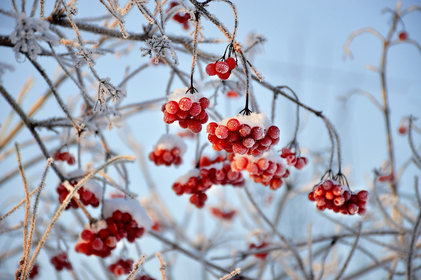
Garden/Bed creation
The ice saints: Farmer's rule or myth?
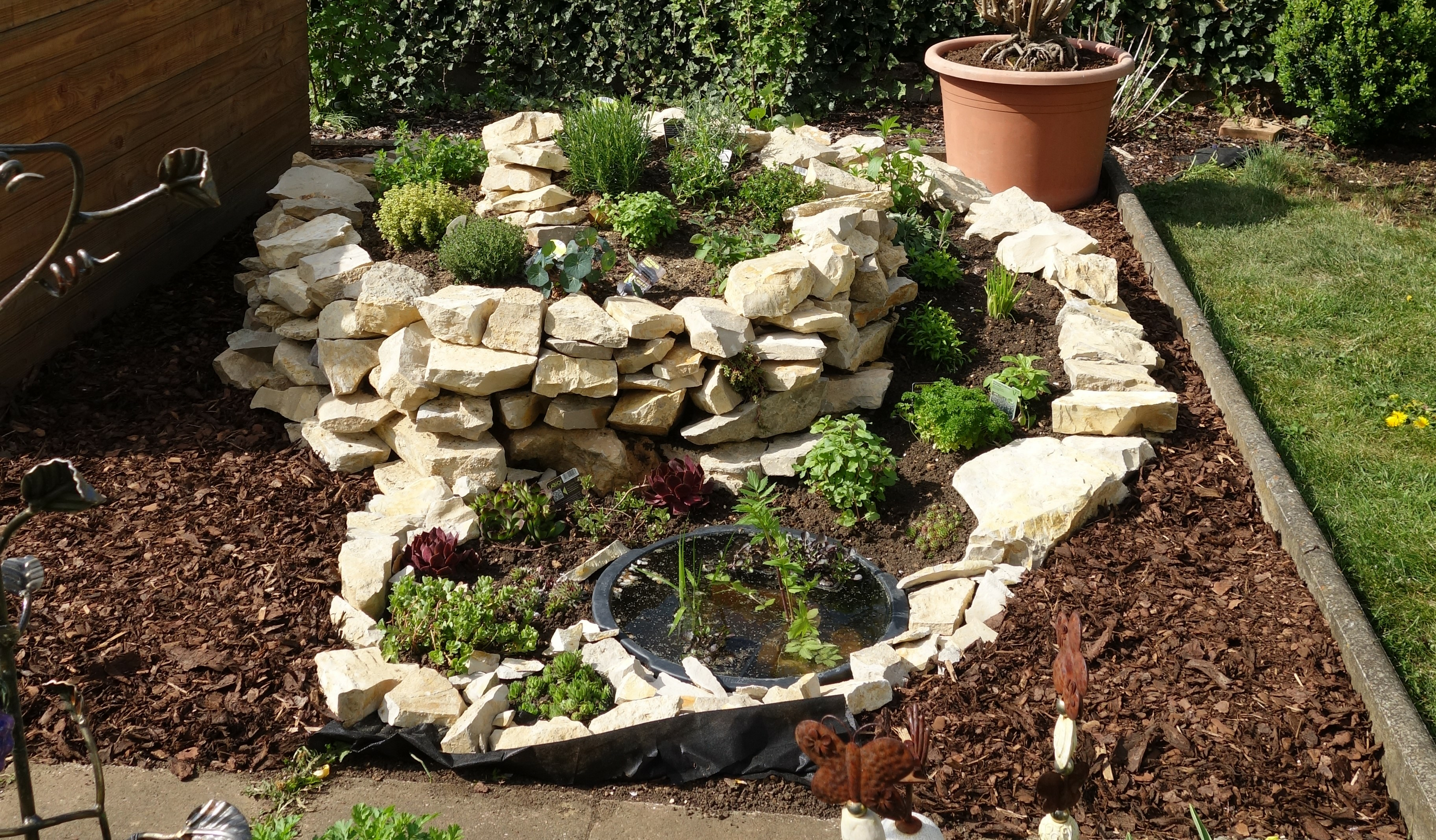
Every herb lover would love to have a herb spiral or herb snail in their own garden. They can accommodate a wide variety of herbs in a small space, which you can use in the kitchen as spices or medicinal plants. A herb spiral also looks great in the garden. In this article, you will learn how to create and plant your own herb spiral.
A herb snail differs from a classic herb bed mainly in its design. Thanks to its snail-like structure, in which different soil and site conditions can be created in stages, a wide variety of herbs find the ideal conditions to grow and thrive. Mediterranean, sun-loving herbs can be planted at the very top, in the middle of the spiral. The spiral slopes downwards towards the outside until it reaches the ground. This creates different moisture zones within the spiral, which are supplemented with different substrates. In this way, a spot can be created for Mediterranean as well as native and water-loving herbs.
A herb spiral provides a place for a wide variety of herbs that would not normally grow in the same location. Mediterranean sun worshippers such as rosemary, lavender or thyme like it warm and sunny and want to face south. The highest part should therefore face south and the lowest part north. This is because this is where herbs are planted that like to have wet feet and also like to be in partial shade. In general, however, most herbs prefer a sheltered, full-sun location and plenty of warmth.
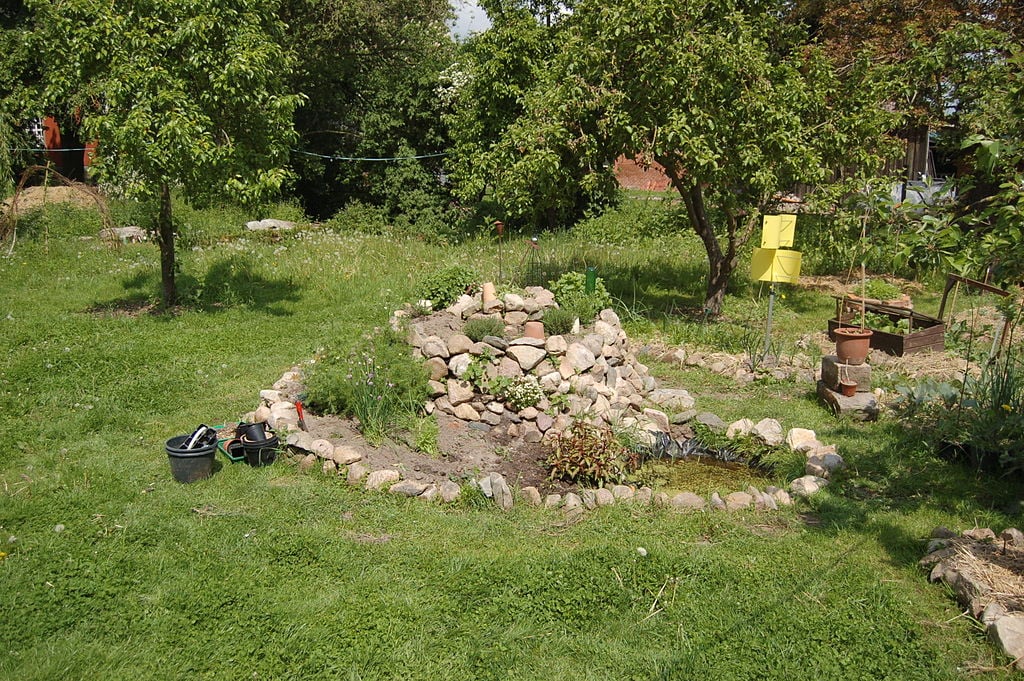
Herb snails require a lot of space and a sunny location facing south. Therefore, not every balcony is suitable. If both of these apply to you, you can start planning, although you must take the load-bearing capacity of your balcony into account. Lighter materials such as wood are better suited as building materials.

To ensure that all herbs feel at home, you should adjust the soil in the different zones accordingly. The proportion of humus and sand is particularly important, as this allows you to regulate the water and nutrient balance of the soil. It is therefore essential that you know what your herbs need in order to plant them in the right place later on. How to mix the soil in the zones is explained below:
Spring is the best time to plant your herb spiral, so the herbs have the whole summer to grow well before the cold winter arrives. In addition, some herbs are only hardy to a limited extent and need to be covered in winter or will retreat into the ground. If you still want to plant in the fall, you should only replant these herbs in the spring. For planting, it is best to get pre-grown young plants of organic quality from the market or similar. This is because many herbs take a long time to grow, especially the warmth-loving herbs.
A herb spiral can be divided into four zones and should be planted accordingly. When selecting plants for your herb spiral, you should pay attention to the plants' needs in terms of location and soil, as well as which neighbors they harmonize particularly well with.

Our tip: However, there are also exceptions that should not be planted in the herb snail. Herbs such as lovage (Levisticum officinale) and comfrey (Symphytum) are loners, as they inhibit the growth of other herbs through root substances and strong root growth.
A small pond can be created at the base of the spiral. You can use a bucket for this or dig a hole about 15,7 inches deep and line it with pond liner. Pour a thin layer of sand into the hole before and after so that the liner sits better. You can place large stones on the edge of the liner to secure it. This creates a humid microclimate that attracts insects and provides moisture on hot days. Unfortunately, a mini pond is not suitable for growing edible aquatic plants as it would need to be larger. However, watercress (Nasturtium officinale) feels very much at home in the soil of the predominantly moist pond edge.

The uppermost area is the Mediterranean zone . Warmth-loving plants that prefer to grow in well-drained, poor, light soil find a place here.
| Planting distance | Good neighbors | Bad neighbors | |
|---|---|---|---|
| Savory | 7,8 x 9,8 in | Oregano, sage, thyme | Basil, lovage, mint |
| Italian Strawflower | 11,8 x 11,8 in | Savory, lavender, sage, thyme, tarragon | |
| Lavender | 15,7 x 11,8 in | Lemon balm, thyme, sage, curry herb, oregano, hyssop, rosemary | Parsley |
| Rosemary | 9,8 x 9,8 in | Oregano, sage, thyme, lavender, basil | Lovage, chives |
| Thymie | 9,8 x 11,8 in | Savory, tarragon, lemon balm, rosemary, sage, chives, hyssop, lavender | Basil, dill, lovage, marjoram, mint |
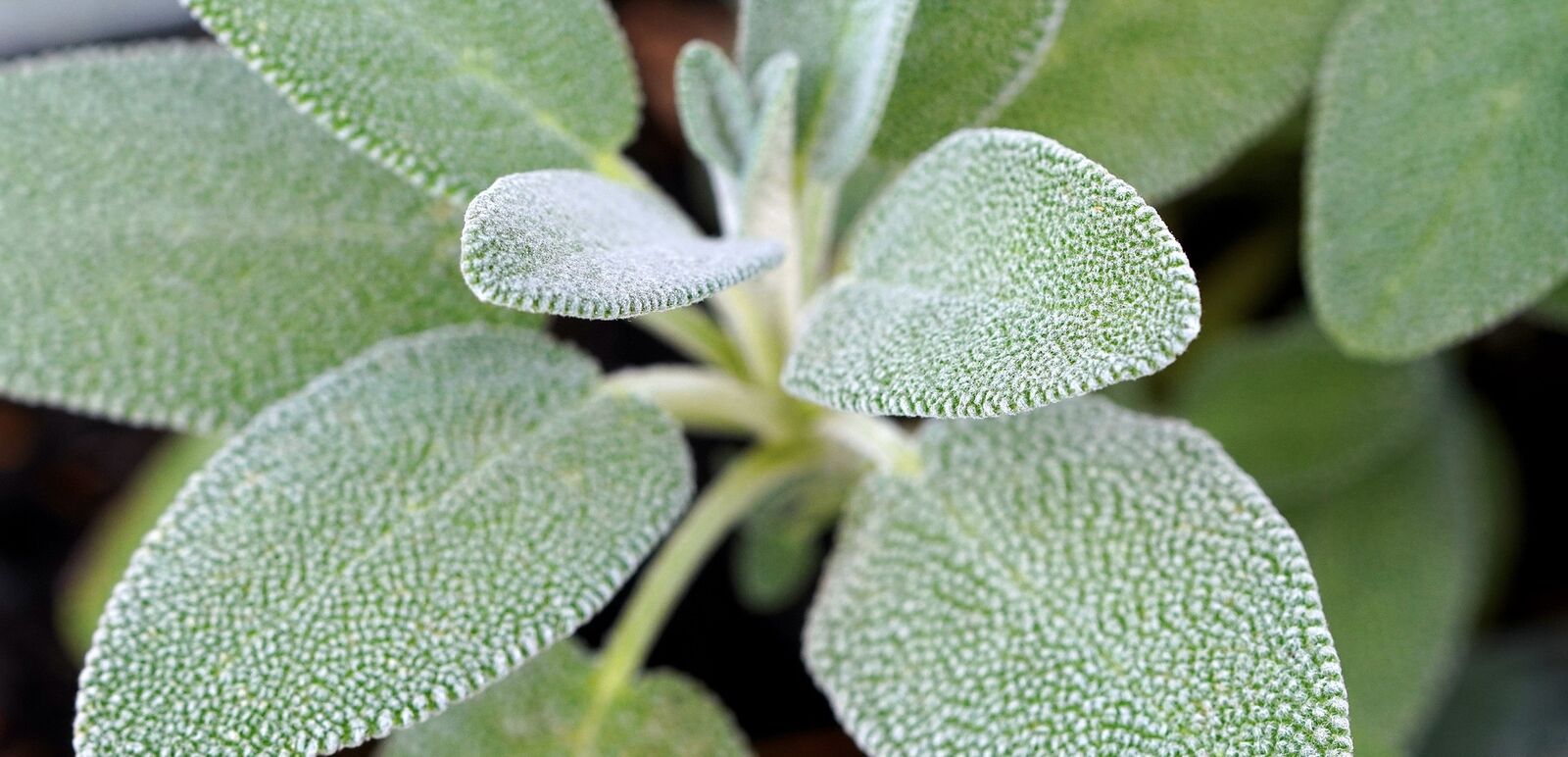
In the middle you will find the temperate zone, which ties in with the Mediterranean area. Here you can plant herbs that tend to thrive in medium-heavy soil and the soil can be somewhat richer. This zone faces both south and north. Herbs that prefer partial shade can be planted further down and sun-loving plants further up.
| Planting distance | Good neighbors | Bad neighbors | |
|---|---|---|---|
| Basil | 5,9 x 7,9 in | Fennel, oregano, parsley, rosemary | Savory, lovage, marjoram, lemon balm, mint, sage, thyme |
| Borage | 9,8 x 11,8 in | Savory, dill, tarragon, caraway, marjoram | Lovage, parsley |
| Dill | 5,9 x 9,8 in | Borage, chervil, marjoram, parsley, chives | Tarragon, fennel, caraway, lovage, sage, thyme |
| Camomile | 5,9 x 3,9 in | Chives | Lovage, mint |
| Marjoram | 5,9 x 3,9 in | Borage, dill, chervil, parsley | Basil, fennel, lovage, oregano, thyme |
| Oregano | 5,9 x 9,8 in | Basil, savoury, rosemary, sage, chives, lavender | Lovage, marjoram |
| Sage | 11,8 x 11,8 in | Savory, fennel, lemon balm, oregano, rosemary, thyme, lavender | Basil, dill, lovage |
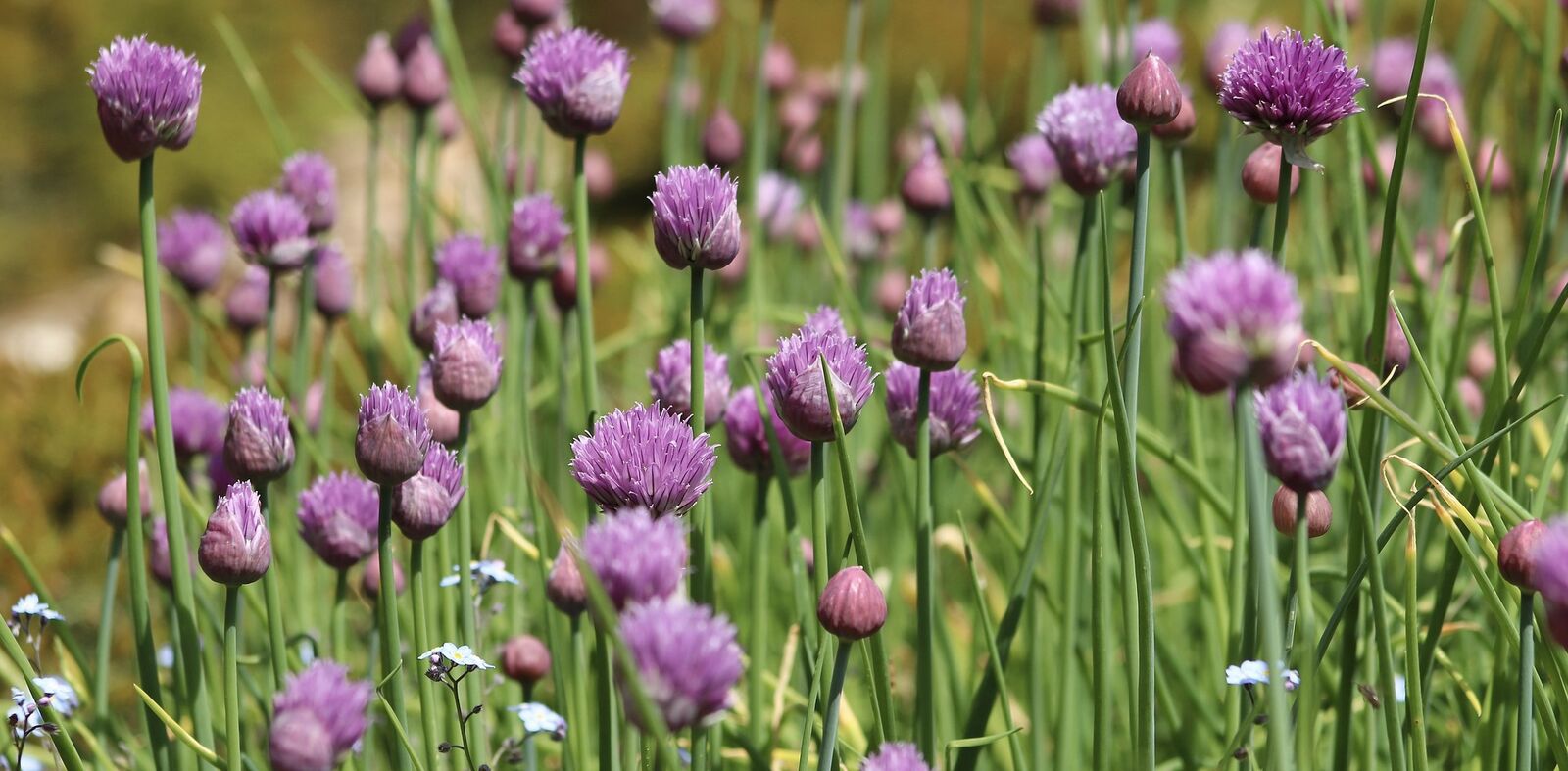
In the last and lowest zone, the moist zone , the soil should be heavy, moist and humus-rich. A high compost content is important here, as this increases the water storage capacity and nutrient content.
| Planting distance | Good neighbors | Bad neighbors | |
|---|---|---|---|
| Tarragon | 5,9 x 3,9 in | Borage, lovage, thyme | Dill |
| Caraway | 7,9 x 9,8 in | Borage, parsley | Dill, fennel, lovage |
| Mint | 9,8 x 9,8 in | Lemon balm | Basil, savoury, camomile, lovage, parsley, thyme |
| Lemon balm | 9,8 x 9,8 in | Mint, sage, chives, thyme, lavender | Basil, lovage |
| Parsley | 9,8 x 3,9 in | Basil, savoury, camomile, caraway, marjoram, thyme | Chervil, lovage, mint, lavender, dill |
| Chives | 0,8 x 9,8 in | Dill, camomile, lemon balm, oregano, thyme | Coriander, lovage, rosemary |
We have prepared digital planting plans as inspiration for your herb spiral: from a small herb spiral for the balcony to a colourful large spiral with herbs and cut vegetables.
Hopefully you now have everything you need to build and plant your own herb spiral. If you already have an herb spiral in your own garden or would like to create one, we would be delighted if you would share it with us in the community. If you have any questions or suggestions, please email us at [email protected].
Not yet part of the Fryd community?
Then register here or download the free Fryd app for Android or iOS. Here you can exchange ideas with others about gardening and get help with questions or problems.
Fryd - your digital bed planner
Cover picture by Johann56 on wikimedia commons.

Marie studied agricultural science at the University of Hohenheim. Her main focus is on ecological agriculture and permaculture. She writes articles for Fryd to educate people about ecological interrelationships and alternatives to current land use. Our current economic systems, especially in agriculture, have numerous negative effects on nature and destabilize our ecosystems. We need a great diversity in our gardens and beds again to counteract the extinction of species. Every gardener can contribute to creating and maintaining habitats and food for a wide variety of creatures. With her articles, she would like to pass on her experience in dealing with natural systems and give people the opportunity to contribute to a stable ecosystem and thus also to securing our livelihood.
Learn more

My zucchini Coucourzelle and cucumber Persika have gone badly wrong. What do you think, can I just plant them deeper or is it better to buy new plants straight away? I can find different information on the www about planting them deeper... Thank you for your opinion.
Show 1 answer

Liked 3 times
Hello gardening friends, does anyone know the name of this little crawler?
Show 6 answers
Liked 14 times
A small interim result of my #chili breeding
Show 7 answersWhere is the best location for a herb snail?
The location should be full sun and sheltered. The highest point should face south and the lowest point north. A balcony is only suitable for a herb snail if it has the necessary load-bearing capacity.
You can choose freely from all the herbs you like. There is a suitable place for every herb in a herb spiral. When planning, you should only pay attention to location requirements (soil, water and light) and good neighbors.
A herb snail provides optimum growing conditions for various herbs by creating different microclimate zones and enabling good drainage. This allows plants to be cultivated effectively and in a space-saving manner.
Which herbs can I not plant in a herb spiral?
You should not plant invasive herbs such as mint in a herb spiral, at least not without a root barrier. Lovage is also a loner because it inhibits the growth of its neighbors.